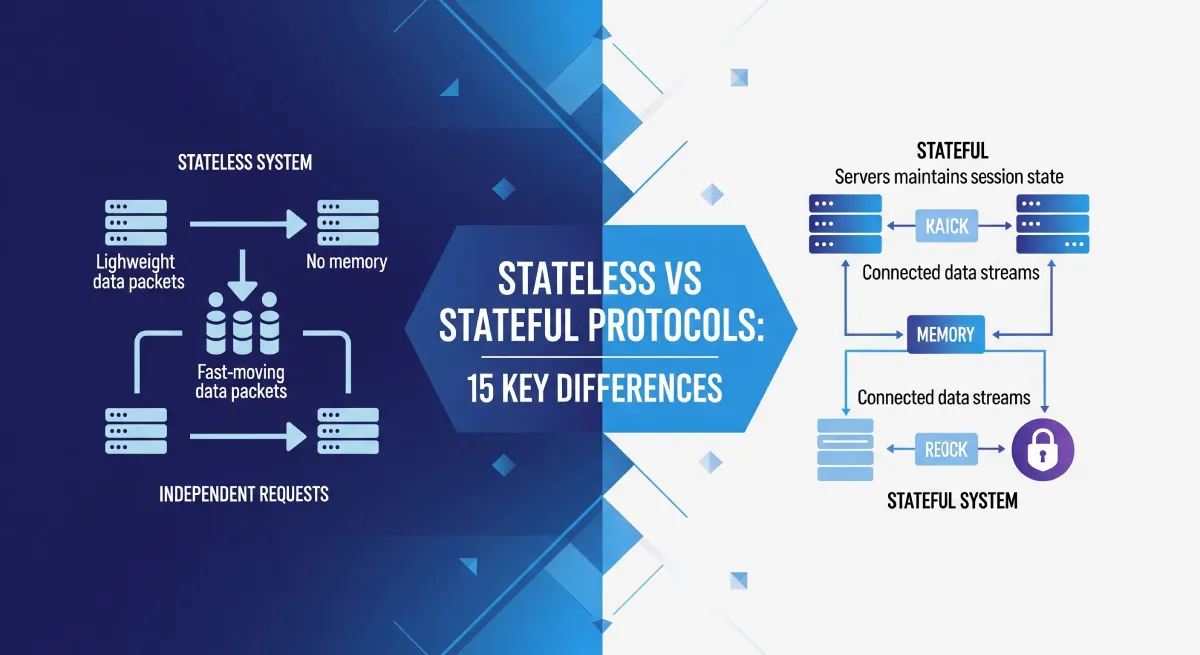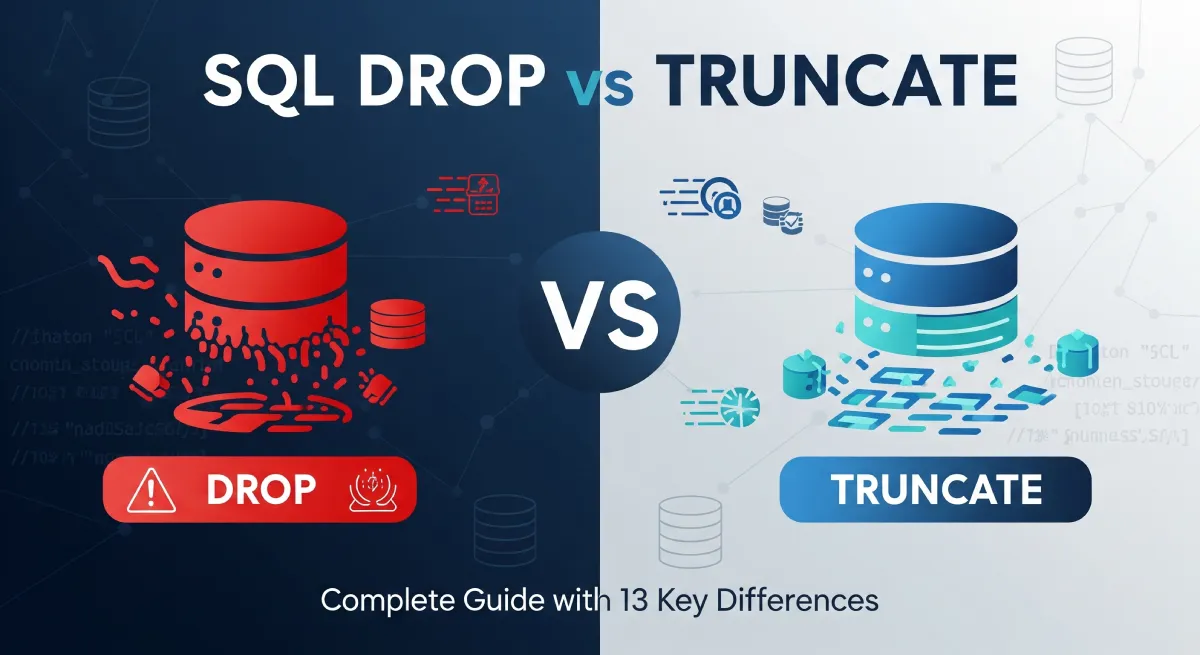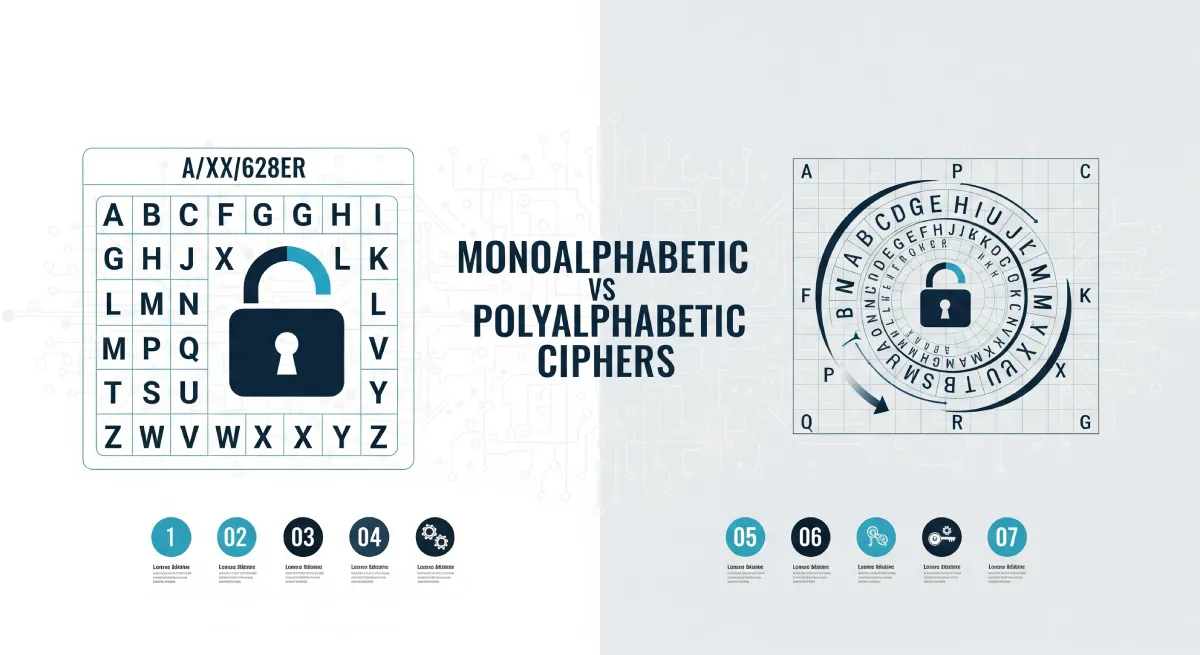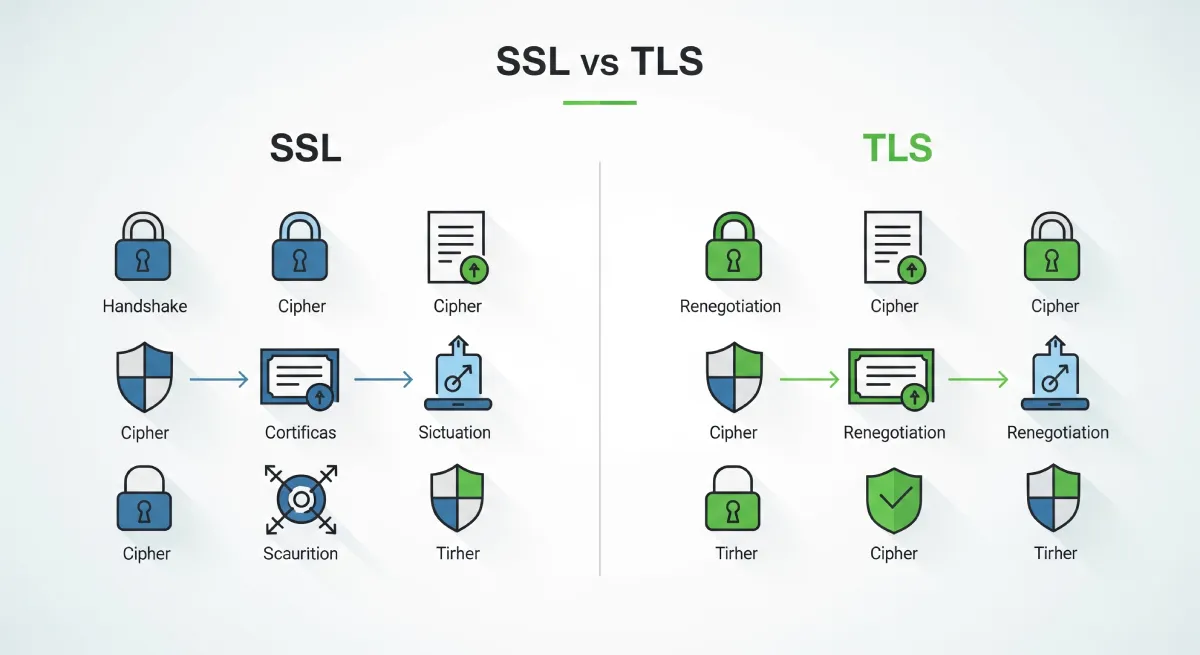Introduction
In the rapidly evolving world of technology, cloud computing has emerged as a game-changer for businesses of all sizes. The adoption of cloud services has skyrocketed, enabling organizations to harness the power of the internet to store, manage, and process their data. Among the various cloud computing models, Infrastructure as a Service (IaaS), Platform as a Service (PaaS), and Software as a Service (SaaS) have gained significant prominence. Explore the key differences between IaaS vs PaaS vs SaaS. Understand how these cloud computing models work, their benefits, and which one suits your business needs for scalability, flexibility, and efficiency.
Understanding IaaS: Unleashing Scalability and Control
Infrastructure as a Service (IaaS) serves as the foundation of cloud computing. It provides businesses with virtualized computing resources, including servers, storage, and networking capabilities, delivered over the Internet. The allure of IaaS lies in its ability to offer scalability and control over the infrastructure, allowing organizations to adapt their resources according to fluctuating demands.
With IaaS, businesses can bid farewell to the constraints of physical hardware and the need for extensive on-premises infrastructure. By leveraging IaaS, companies can experience enhanced flexibility, as they can easily scale up or down their resources based on their specific needs. This elasticity enables cost optimization and efficient resource allocation, ultimately empowering organizations to focus on their core competencies.
Unraveling PaaS: Streamlining Development and Deployment
Platform as a Service (PaaS) takes cloud computing further by providing a comprehensive development and deployment environment. PaaS frees businesses from the burdensome task of managing the underlying infrastructure, allowing them to concentrate on building and deploying applications quickly and efficiently.
With PaaS, development teams gain access to a suite of tools, frameworks, and pre-configured services that expedite the application development process. By simplifying development workflows and providing ready-to-use components, PaaS accelerates time-to-market for businesses. Moreover, PaaS encourages collaboration among team members, leading to increased productivity and seamless integration of services.
Embracing SaaS: Empowering Business Efficiency
Software as a Service (SaaS) represents the pinnacle of convenience in cloud computing. With SaaS, businesses can access software applications and services over the internet on a subscription basis. This eliminates the need for local installations and regular software updates, as everything is managed and maintained by the service provider.
The key advantage of SaaS lies in its accessibility and ease of use. Organizations can leverage a wide range of applications, including customer relationship management (CRM), enterprise resource planning (ERP), project management, and productivity tools, without the complexities associated with traditional software deployment. SaaS empowers businesses by providing them with the latest features, seamless updates, and scalability to accommodate their evolving needs.
Key Differences and Use Cases
While IaaS, PaaS, and SaaS all fall under the cloud computing umbrella, each model serves distinct purposes and caters to specific business requirements. Understanding their differences is crucial for organizations looking to leverage the cloud effectively. Let’s delve into the key distinctions and use cases for each:
IaaS Use Cases: Flexibility and Customization
Test and Development Environments: IaaS enables businesses to quickly provision virtual environments for testing and developing new applications or software updates.
Data Backup and Disaster Recovery: Organizations can leverage IaaS to securely store and protect their critical data, ensuring business continuity in the event of unforeseen disruptions.
Scalable Web Hosting: With IaaS, businesses can easily scale their web hosting resources to accommodate fluctuating website traffic and ensure optimal performance.
PaaS Use Cases: Streamlined Development and Collaboration
Application Development: PaaS provides developers with a streamlined environment and ready-to-use tools, enabling them to build, test, and deploy applications efficiently.
Mobile App Development: PaaS platforms offer frameworks and development tools tailored specifically for mobile app creation, simplifying the development process across multiple platforms.
Integration and Workflow Automation: PaaS facilitates the integration of various services and systems, streamlining business processes and enhancing overall workflow efficiency.
SaaS Use Cases: Ready-to-Use Software Solutions
Customer Relationship Management: SaaS CRM systems allow businesses to manage customer interactions, track sales activities, and drive customer engagement.
Collaboration and Communication: SaaS collaboration tools enable seamless teamwork, file sharing, and real-time communication among team members, regardless of their physical location.
Enterprise Resource Planning: SaaS-based ERP systems provide organizations with a comprehensive suite of integrated applications, allowing them to streamline core business processes, including finance, HR, and supply chain management.
Comparison of IaaS, PaaS, and SaaS
| Cloud Service Model | IaaS (Infrastructure as a Service) | PaaS (Platform as a Service) | SaaS (Software as a Service) |
|---|---|---|---|
| Description | Provides virtualized computing resources over the internet. | Offers a development and deployment environment. | Delivers software applications over the internet. |
| Responsibilities | Users manage the operating systems, applications, and data. | Abstracts away infrastructure management; users focus on application development. | No infrastructure or software management required; users access ready-to-use applications. |
| Flexibility and Customization | High level of flexibility and customization. | Offers pre-configured tools, frameworks, and services. | Less flexible due to the standardized nature of applications. |
| Scalability | Provides scalability and control over the infrastructure. | Facilitates rapid application development and deployment. | Offers scalability based on user demand. |
| Examples | Amazon Web Services (AWS) EC2, Microsoft Azure Virtual Machines. | Heroku, Google App Engine, Microsoft Azure App Service. | Salesforce, Google Workspace, Microsoft 365. |
Conclusion
In the ongoing battle of cloud services, each model offers unique advantages and empowers organizations in different ways. IaaS provides scalability and control over infrastructure, PaaS streamlines development workflows and SaaS offers convenient access to ready-to-use software solutions. By understanding these distinctions and aligning them with your specific business needs, you can unlock the true potential of the cloud.
Remember, when choosing the right cloud service model, it’s crucial to evaluate factors such as scalability, customization, development requirements, and cost-effectiveness. By making informed decisions and leveraging the power of IaaS, PaaS, or SaaS, you can drive innovation, enhance efficiency, and gain a competitive edge in today’s rapidly evolving digital landscape.





very helpful